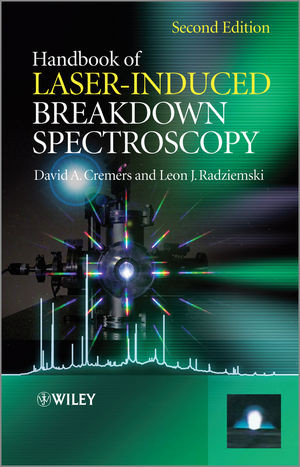

Most ebook files are in PDF format, so you can easily read them using various software such as Foxit Reader or directly on the Google Chrome browser.
Some ebook files are released by publishers in other formats such as .awz, .mobi, .epub, .fb2, etc. You may need to install specific software to read these formats on mobile/PC, such as Calibre.
Please read the tutorial at this link: https://ebookbell.com/faq
We offer FREE conversion to the popular formats you request; however, this may take some time. Therefore, right after payment, please email us, and we will try to provide the service as quickly as possible.
For some exceptional file formats or broken links (if any), please refrain from opening any disputes. Instead, email us first, and we will try to assist within a maximum of 6 hours.
EbookBell Team

4.7
96 reviewsStarting from fundamentals and moving through a thorough discussion of equipment, methods, and techniques, the Handbook of Laser-Induced Breakdown Spectroscopy provides a unique reference source that will be of value for many years to come for this important new analysis method. The authors, with a total of over 60 years of experience in the LIBS method, use a combination of tutorial discussions ranging from basic principles up to more advanced descriptions along with extensive figures and photographs to clearly explain topics addressed in the text. In this second edition, chapters on the use of statistical analysis and advances in detection of weapons of mass destruction have been added. Tables of data related to analysis with LIBS have been updated.
The Handbook of Laser-Induced Breakdown Spectroscopy, Second Edition: